I have an earth-shattering revelation for you: I don't use live bait to catch fish. Not live croakers, not live shrimp, not live pogies, nothing.
Now you may be clutching your pearls as you envision anyone launching the boat without the proverbial "insurance policy" just in case the fishing is tough.
I'll take my heresy one step further:
Not only do I not use live bait to catch limits of speckled trout and redfish, I firmly believe that live bait is not the best choice to do so.
No, I don't even use dead bait to tip my lures.
I can hear it now: some people are cheering me on while others curse my name. In the distance I see a gathering crowd lighting torches and shaking pitchforks. Yes, they are led by the bait man!
So, let me explain myself before I'm burned at the stake and, if there's enough time, I'll share what really matters on your fishing trip so that you can catch great boxes of speckled trout and redfish.
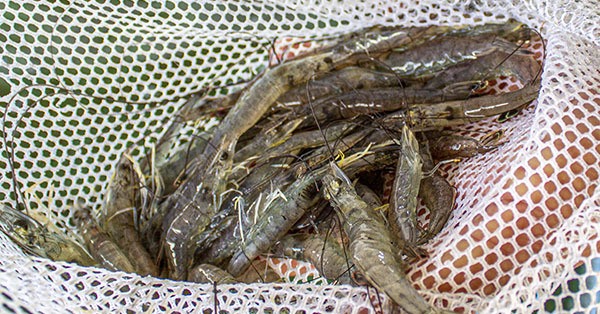
Why I Don't Use Live (or dead) Bait
This theory of mine explains why: I believe that, in a perfect environment, if you could place a live shrimp — the most common live bait available for purchase on Louisiana’s coast — and a generic soft plastic lure in front of a fish that it will most likely bite the live shrimp first.
But the marsh is not a perfect environment and there are far more factors than just hypothetically putting a bait in front of a fish.
Because of those factors I’ve created the following reasons that live shrimp is still — overall — a poor choice in bait:
Reason #1
Fishing with lures eliminates the need to re-bait your hook. Because you don’t have to worry about your bait coming off, you are able to get more casts in, cover more water and zero in on fish.
The headache of having to go back and forth to the live well doesn’t exist with lures.
Reason #2
Logistical problems are eliminated when live shrimp aren’t a factor. The entire rigmarole of having to manage a live well, watch the water temperature, take care of the bait, remove dead bait, managing the dip net, and more is all eliminated.
It’s literally one giant headache removed from your fishing trip.
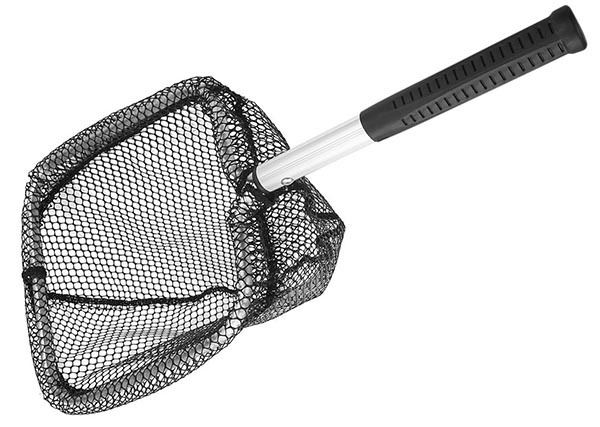
If I had a dollar for every time this thing flew out the boat or someone lost it...
Reason #3
Costs are greatly reduced. Live shrimp aren’t getting cheaper. For a standard inshore fishing trip you’re looking at getting 50 to 100 live shrimp (or more), and that’s easily 15 to 50 dollars.
Soft plastics cost way less than that.
Reason #4 I Don't Use Live Bait
Lures are consistent in their shape, size and weight. This is key because something that is shaped or weighs differently from something else will fall and move through the water differently. Not all live bait is exactly the same.
Reason #5
Lures don’t die. They remain forever in their packaging or tackle tray. I don’t think that requires much explanation.
Reason #6
When you fish with lures you virtually eliminate catching trash fish and overall have your line in the water longer and more often, resulting in more of your target species — speckled trout and redfish — being caught.
If you love wasting time unhooking catfish and stingrays, then please consider using live bait.
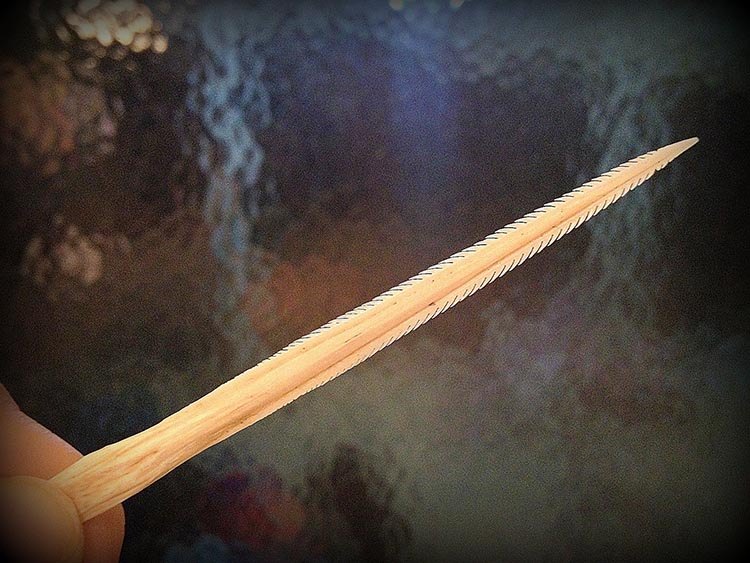
Yeah, I'd rather not have this anywhere near my hand, thank you very much!
Reason #7
When you fish with lures, your fishing trip isn’t relying upon shrimp being available or staying alive. This is why you must not only learn to fish with lures but become confident with them.
If you fail to do this then it is a matter of time before your fishing trip is put in jeopardy because the marina doesn’t have live shrimp available for purchase or, even worse, they all die in the live well.
How many times do you see people asking if “whatever" marina has bait the night before their fishing trip? Why would you even stress over that?
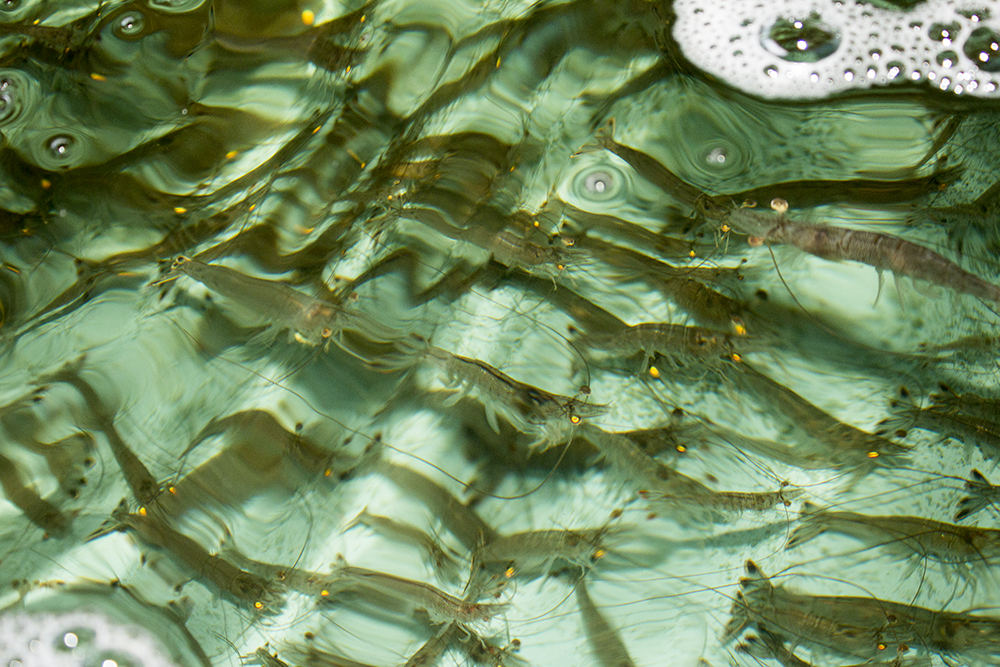
Reason #8
When you fish with lures you don’t have to stand in line and wait for live bait. That alone is worth not using live bait ever again (at least for me). Just launch your boat and go straight to your first fishing spot!
Reason #9
An argument that I get a lot is “why do guides use live shrimp?”.
Well, not all of them do. Many of them use lures for the reasons I described above. Most of them use both and some only use live bait.
But that’s not the point I’m trying to arrive at here: the point is that guides are taking people fishing who — they must assume — are terrible at it. If they weren’t then they wouldn’t need a guide to take them in the first place.
That and a guide doesn’t have time to teach them all the knowledge and hard skills required to fish lures before they get to the first fishing spot. So a default “go to” is live shrimp.
Yes, it will be more a hassle for all the reasons I described above, but that’s okay because he is essentially their live bait butler and eliminates those problems for them. No problem there.
But, I promise you, if a charter captain had the choice, he will choose skilled anglers who can take directions and fish effectively with lures over newcomers who can’t cast a live shrimp.
Reason #10
Fishing with live or dead bait results in more gut-hooked fish. This is acceptable if you’re keeping fish to eat, but if you’re releasing fish, keepers or not, gut hooking them is practically a death sentence.
Artificial lures are better for the fishery because they rarely gut hook fish. Instead, they tend to hook the fish in the corner of the mouth.
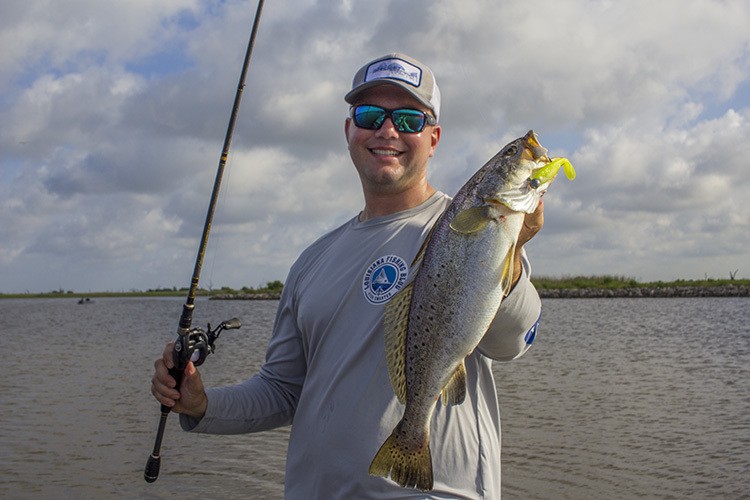
This is beneficial to you because unhooking a fish hooked in the mouth is a lot easier and faster than unhooking a gut-hooked fish.
That, and a fish hooked in the mouth isn’t raking its teeth across the fishing line.
These are just more small ways artificial lures are more efficient.
Reason #11 I Don't Use Live Bait
Lastly, when I launch the boat to go fishing, especially when filming, I have no choice but to catch fish. Filming fishing trips is an incredibly difficult undertaking, whether you realize it or not.
So, don’t you think I am going to make things as easy as possible for myself?
If live bait were really that much better don’t you think I’d at least keep a dozen or so in the live well as the proverbial “insurance policy”?
But you know what? I don't.
I don’t because live bait is not better. Never, not once, have I had someone on the same fish as I and they were out-catching me because they had live bait.
Yes, they do catch more trash fish, but they’re not catching more speckled trout or redfish.
If anybody was ever “on the fish” and I couldn’t catch them it was because of something far more fundamental, usually their boat positioning being better than what I could achieve, which is something I teach inside Inshore Fishing 101.
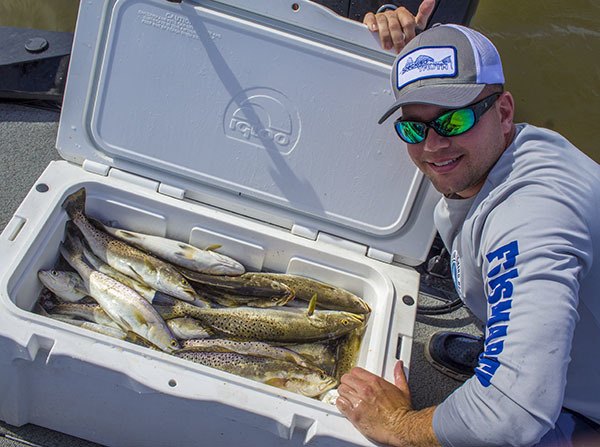
Limits of speckled trout are easier to consistently catch for those anglers who practice throwing "artificial" lures.
Great Reasons You Should Fish With Live Bait
Does live bait have any advantages? Yes, of course.
I think it's a basic skill everyone should possess. That's because live bait is a great tool to introduce someone to fishing, whether that be children or adults.
It's a good way to keep them engaged and expose them to other species that artificial lures really don't. I think it's part of a good learning experience that makes a more complete inshore angler.
Live bait is good for budding fishermen in the same way automatic transmissions help people get started learning how to drive and gutter guards help people get started bowling.
That, and bait batting live and dead bait can be a great method to keep fish biting at the side of the boat, rather than losing interest and swimming off.
But, those things won't seal the deal for every fishing trip you got on, not even most of them.
So what will? Keep reading and I'll tell you.
What Matters The Most On Your Fishing Trip
Live bait is fine and you shouldn't feel bad using it. But, I don't think it will make or break every fishing trip you go on.
In fact, the most important thing you can do for your fishing trip is find biting fish in the first place. If you get on a good bite of fish, it won't matter what you throw at them so long as there's a hook on it.
This aspect of fishing is what my course Inshore Fishing 101 is focused on: getting you on great fishing action to begin with.
I have been fishing all of my life but the information contained within has taken my fishing to a whole new level in a very short time. Devin will teach you the "how and why" so you can find your own spots depending on the conditions.
Got your Inshore Fishing 101 program and had my first ever 2 man limit of trout by following your teachings.
Can’t wait for IF201 to be finished. In the mean time I’m going to listen to the podcast. Thanks again!!!
With that said, learning how to throw artificial lures will take your game to the next level, allowing you to access and catch fish that live shrimp under a popping cork fails to deliver on.
When you successfully adapt to these challenges, you would have truly earned a new skill set and feel great about your new accomplishment, rather than just doing the same old thing.
My courses Sight Fishing Mastery School and Inshore Fishing 201 are designed to take you to this level.
Over To You
So, what do you think about the reasons I listed? Are they thoughtful or do you feel that I'm just being uppity about something that's not a big deal?
Share your thoughts below in the comments!

That’s awesome, Mark. Thanks for reading!
Thanks for the fantastic information throughout your blogs and your videos!!
I have tried to convince so many friends and fellow fishermen of going artificial. I used to NEVER go saltwater fishing without bait of some kind. About 10 years ago, a buddy took me fishing with artificial only. I kinda threw a tantrum as it just didn’t compute in my mind. Unfortunately, we didn’t catch anything. He reassured me that the next time would be the one. I submitted, I didn’t have a boat at the time, to trying it all over again. We caught a few fish. Several trips went down with much success. I found myself getting better at fishing overall. My casting, my presentation, and my attentiveness were accelerated.
I finally bought a boat and that’s when things truly began to evolve!! The countless hours and days on the water were rewarding. Trial and error mixed with some research can do wonders.
I can’t remember ever getting skunked in countless trips. I may have only caught 1 or 2 but hey, no skunks. People always asked how I consistently caught so many fish. Some people didn’t believe me.
Yes the stress is reduced or eliminated, yes you save money and yes you will catch fish. One thing to mention is quality of gear. Just thought about it. When I was using bait, I had less quality poles and reels. To effectively cast lures of different sizes several times, feel the bite, and land the big ones, I had to step it up. I switched from ONLY using spinning reels and began using quality bait casting reels more often depending on the presentation. That was the ultimate game changer for me. I don’t go overboard but an average rod and reel setup for me is $200-$250. A few trips buying bait could get a nice combo.
I have 100% confidence in and only use artificial AND still have “bait-only” friends asking me fishing questions. If I didn’t have artificial and only had bait, I probably wouldn’t even want to go.
I hope that fellow fishermen have read your words and try to make the switch. I’ve been working on my cousin for a few years and he’s still scared to take the leap but he’s a good sport though. DO IT!!!!
Louis, that’s a great example.
To answer your question…well, I wasn’t there so I cannot know 100% for sure, but I bet it had something to do with how the bait was being presented.
This is what I touch on in detail in my course Elements of Effective Fishing. It is free to the public:
https://www.lafbelite.com/course/eoef/
I have had an experience of getting on the trout with live shrimp and my fishing partner staying with shrimp and me switching to artificial. He kept on pulling them in, and I could not catch. I tried a few different kinds, but no luck. Finally, I switched back to live shrimp and we caught until we ran out of shrimp. Tried for a while with artificial again, but no luck. We left but I am sure we would have caught more if we had more live shrimp. We ended up with only 27 nice sized trout. What do you think was wrong with me not catching on artificial? I guess it’s because I don’t have much fishing experience. This is why I joined LAFB
The wind has been tough, no doubt, but it has also laid down at times. To that end I really enjoy using Windfinder: https://www.lafishblog.com/windfinder/
Thanks for the information! You give all good points for catching fish on artificial bait. Hopefully one day I can get out when the conditions are good. Until then, Next Time.
Well, I don’t use live bait either, and can add one more reason that has come into my own “twelve reasons” in the past few years as I’ve done more catch and release. In fact, it’s probably in the top-five of those reasons: I really struggle to see the need to kill one creature to catch another – my 100 shrimp can stay in the marsh, reproduce, become food for something higher in the chain, and otherwise fulfill their destiny. My artificial lures are more than effective enough to catch LOTS of my target species, so there’s absolutely zero need to take shrimp, baitfish, or other prey types out of the environment for the sake of bait…
P.S. Reason #13 might be this: There’s nothing more attractive to fish than a live specimen of their preferred forage, no doubt. My live shrimp does its own thing for the few minutes it remains alive on my hook, and drawing attention to itself is NOT on the list. It doesn’t rattle, vibrate, or flash. It doesn’t change to a bright or fluorescent color to make itself more visible in deep, dark or muddy waters. It won’t hop or twitch in an exaggerated fashion to make itself more noticeable, and won’t swim around to cover the water more effectively – but my box of artificials can do all these things and more, based on my own skill and understanding of the conditions, which makes it all the more satisfying when a trout or redfish strikes…)
Makes perfect sense Devin. Learning to fish with plastic and building confidence with it is the key.
Also, I hope your boat is back to you soon! Give us an update in the FB group some time.
Hey Brandon, thanks for commenting and thank you for the kind words.
Great article! And it’s all true. I took that challenge of only using artificial like Devin said and now I never get skunked. It’s cheaper to fish. I always have what I need ready to go. Fishing is much more fun now. Thanks Devin for changing my fishing habits for the better. And filling my freezer lol